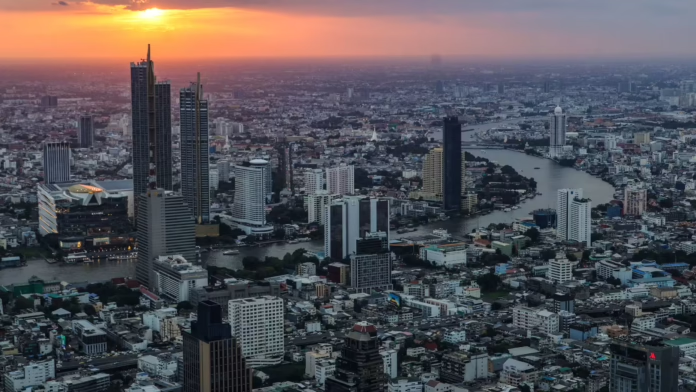La Niña is projected to develop in late 2024, bringing cooler weather and extreme weather events globally. While this phenomenon may benefit agriculture in the Asia-Pacific region, it poses challenges for North and South America. La Niña and El Niño are two alternating phases of the El Niño Southern Oscillation (ENSO), which changes roughly every 2 to 3 years. La Niña is expected to deliver heavy rains to Southern Africa, Southeast Asia, and Australia from December 2024 to August 2025, while regions like western Canada, the northern United States, Japan, and the Korean Peninsula may experience colder winters.
La Niña is expected to emerge in late 2024, bringing cooler weather and extreme events globally, impacting agriculture positively in Asia-Pacific but negatively affecting North and South America.
The second half of 2024 is expected to be marked by the appearance of La Niña. This phenomenon, whose extent and consequences remain uncertain, is likely to cause weather changes in multiple parts of the globe.
La Niña and El Niño: two alternating phenomena
The El Niño Southern Oscillation (ENSO) is a large-scale oceanic-atmospheric phenomenon originating from abnormal variations in surface water temperatures in the central and eastern Pacific. It comprises two opposing phenomena – La Niña and El Niño – which historically occur approximately every 2 to 3 years. The current unprecedented situation, ongoing since 2019, casts significant uncertainties over the future effects.
Cooler weather but more frequent extreme events
La Niña brings cooler and wetter weather. Its arrival is thus positively anticipated in various regions such as Southern Africa, Southeast Asia, and Australia, which are expected to receive heavy rains from December 2024 to August 2025. Conversely, western Canada, northern United States, Japan and the Korean peninsula are anticipating a colder winter.
However, La Niña mainly leads to an increase in extreme weather events. One of the main anomalies…


